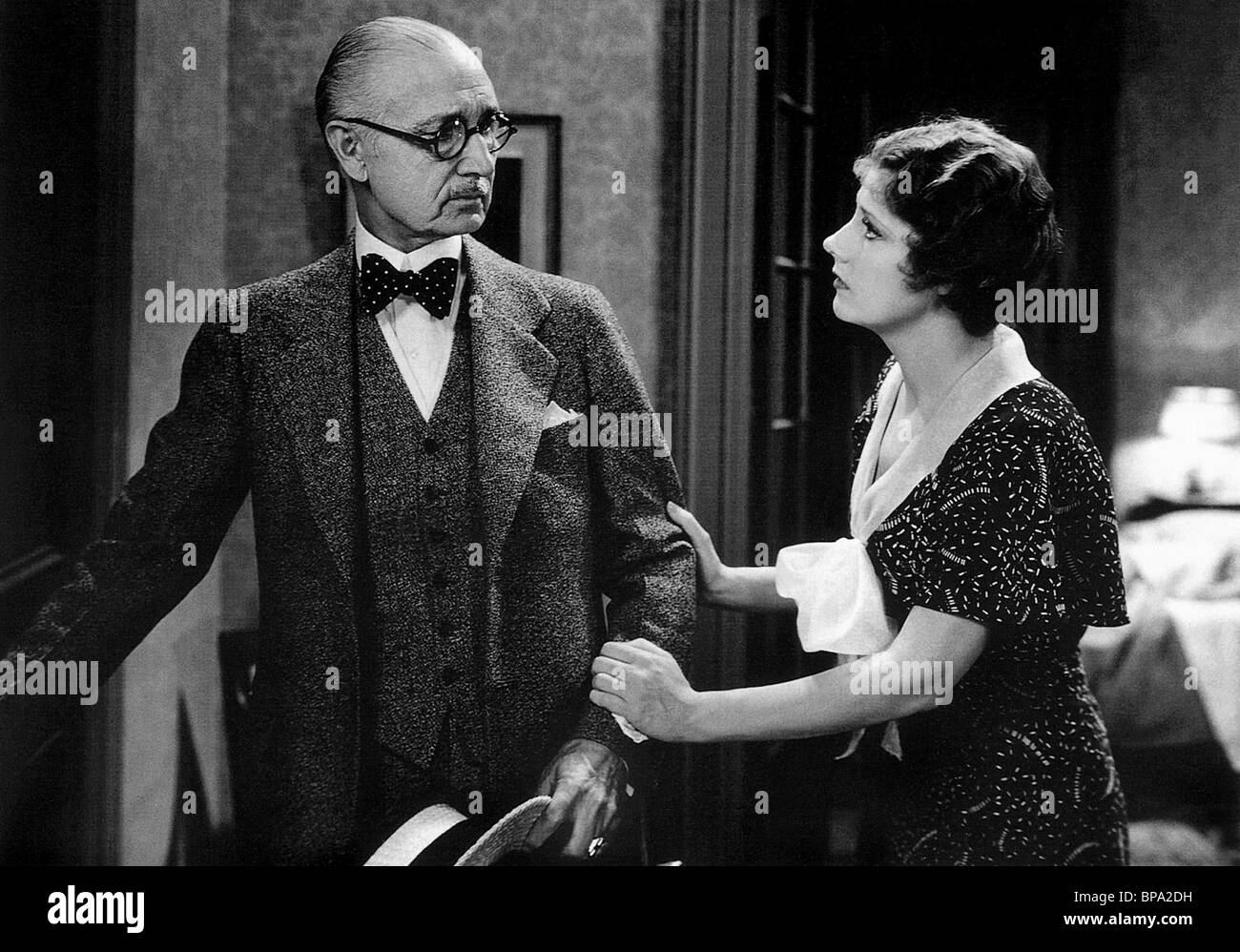Quintana Roo Dunne - A Look At Her Life And Legacy
Sometimes, life takes turns we just don't expect, and for some families, those turns can bring deep sorrow. The story of Quintana Roo Dunne, the daughter of celebrated writers Joan Didion and John Gregory Dunne, is one such account. Her passing, a truly sad event, left a lasting mark on her family, especially her mother, whose writing later shared some of that deep personal experience with the wider world.
Quintana Roo Dunne, born on March 3, 1966, in Santa Monica, California, had a life connected to words and ideas, growing up with parents who shaped American literature. She was thirty-nine years old when she passed away in New York City. Her story, in a way, became part of a larger narrative, one that many people later came to know through her mother's truly moving books.
Her life, though not as publicly known as her parents', held its own quiet significance. She was married to Gerry Michael, and she took his last name, Michael, in 2003. Her journey, as we will explore, became a central piece in her mother's later reflections on loss and memory, offering a truly personal window into the effects of grief on a family.
Table of Contents
- Quintana Roo Dunne - Her Story
- What Happened to Quintana Roo Dunne?
- The Extended Illness of Quintana Roo Dunne
- How Did Quintana Roo Dunne Influence Joan Didion's Writing?
- The Year of Magical Thinking and Quintana Roo Dunne
- Blue Nights and Quintana Roo Dunne
- Who Was Quintana Roo Dunne's Family?
- Remembering Quintana Roo Dunne
- What Can We Learn from Quintana Roo Dunne's Story?
Quintana Roo Dunne - Her Story
Quintana Roo Dunne, the only child of two very well-known writers, Joan Didion and John Gregory Dunne, lived a life that, in some respects, remained quite private despite her parents' public personas. She was born in Santa Monica, California, on March 3, 1966. Her early years, one might imagine, involved a home filled with books and lively discussions, given the literary careers of her mother and father. She was, in a way, part of a family deeply immersed in the world of words and stories.
Her adult life saw her marry Gerry Michael in 2003. Upon their marriage, she chose to use his last name, Michael. This detail, though seemingly small, offers a glimpse into her personal choices. Quintana Roo Dunne was thirty-nine years old when she passed away on August 26, 2005, in New York City. Her life, though cut short, left a lasting impression on those closest to her, especially her mother, who later wrote about the profound effect of this loss.
Personal Details and Bio Data of Quintana Roo Dunne
| Full Name | Quintana Roo Dunne Michael |
| Born | March 3, 1966 |
| Birthplace | Santa Monica, California, USA |
| Died | August 26, 2005 |
| Place of Death | New York City, New York, USA |
| Age at Death | 39 |
| Parents | Joan Didion (Mother), John Gregory Dunne (Father) |
| Spouse | Gerry Michael |
| Marriage Year | 2003 |
What Happened to Quintana Roo Dunne?
The circumstances surrounding Quintana Roo Dunne's passing were, to be honest, quite difficult and prolonged. She experienced a truly extended period of illness that ultimately led to her death. Her health struggles began with what was initially a flu, a common ailment that, in her case, took a truly serious turn. This flu, rather unfortunately, progressed into pneumonia, a significant lung infection. From there, her condition worsened considerably.
The situation escalated into septic shock, a very dangerous body-wide response to infection that can cause organ damage. Following this, she was placed in an induced coma, a measure taken to protect her body and brain during a critical period. Her ordeal included a brain bleed, a very serious medical event that added to the complexity of her situation. Over the course of her illness, she underwent five surgeries, each one a major medical intervention. She also spent months in intensive care, a clear sign of the serious nature of her health challenges. Her passing on August 26, 2005, at the age of thirty-nine, came after a truly long and hard fight with these various health complications.
The Extended Illness of Quintana Roo Dunne
The story of Quintana Roo Dunne's final illness is one of a body truly struggling against a series of serious health issues. It started, as mentioned, with a flu, something many people get, but for her, it just kept getting worse. This flu, unfortunately, led to pneumonia, which is a significant infection in the lungs. From there, her body faced an even bigger challenge, developing septic shock, a very grave condition where the body's response to infection becomes harmful to its own tissues and organs. This was, in a way, a cascading series of medical events.
To try and help her body cope, she was placed into an induced coma. This step is often taken when someone's body needs to rest and heal from truly severe stress. During this time, she also suffered a brain bleed, a very serious complication that requires immediate and careful medical attention. Over the course of her long illness, she had to endure five surgeries, each one a major procedure aimed at addressing the many problems her body was facing. She spent many months receiving intensive care, which really highlights the truly severe and prolonged nature of her health battle. Her passing, on August 26, 2005, was the culmination of these many medical challenges that her body just could not overcome.
How Did Quintana Roo Dunne Influence Joan Didion's Writing?
The loss of Quintana Roo Dunne had a truly profound and lasting effect on her mother, Joan Didion, so much so that it became a central theme in some of her most well-known later works. Joan Didion, a writer known for her keen observations and truly precise prose, found herself grappling with immense grief, and she turned to her craft as a way to process these deeply personal experiences. Her daughter's passing, coming just a year and a half after the death of her husband, John Gregory Dunne, meant that Joan Didion faced a double sorrow. This period of intense personal loss truly shaped her creative output, offering readers a truly honest look at how one deals with such immense sadness. It is, in a way, a testament to how personal events can shape a writer's voice.
The Year of Magical Thinking and Quintana Roo Dunne
In 2005, Joan Didion published a book called "The Year of Magical Thinking." This truly remarkable and unflinching look at grief was primarily about the death of her husband, fellow writer John Gregory Dunne, who had passed away two years earlier in 2003. However, Quintana Roo Dunne's illness and eventual passing were also very much a part of the backdrop to this period of Didion's life, and thus, a part of the emotional landscape of the book. While the book mostly focuses on the immediate aftermath of her husband's death, the ongoing health struggles of her daughter were happening at the same time, adding another layer of sadness and concern to Didion's experience. So, the book, in a way, captures a time when Didion was dealing with multiple deep losses and anxieties, with Quintana Roo Dunne's situation being a truly significant part of that difficult period. It's almost as if the book chronicles a time when sorrow was a constant companion.
Blue Nights and Quintana Roo Dunne
Another important memoir by Joan Didion, titled "Blue Nights," was first published in 2011. This particular book is, in some respects, a truly direct account of the passing of Didion's daughter, Quintana, who died in 2005 at the age of thirty-nine. While "The Year of Magical Thinking" explored the immediate shock and grief following her husband's death, "Blue Nights" delves into the more lingering aspects of losing a child, and the truly unique nature of that particular kind of sorrow. It is, in a way, a reflection on memory, aging, and the fragile nature of life, all viewed through the lens of losing her only child. Joan Didion's "Blue Nights," which was partly brought about by the passing of her adopted daughter, Quintana, is not simply a grief memoir, as some might have seen it. It is, more properly, a deeper look at the passage of time and the truly lasting impact of such a significant loss. This book offers a truly personal and poignant exploration of the bond between a mother and her child, and the void left behind when that bond is broken.
Who Was Quintana Roo Dunne's Family?
Quintana Roo Dunne was, essentially, the center of a small, truly close-knit family of writers. Her mother was Joan Didion, a truly celebrated author known for her essays, novels, and memoirs that often explored American culture and personal experience. Her father was John Gregory Dunne, also a well-regarded writer, who worked on novels, screenplays, and non-fiction. They were, in a way, a literary couple, and their lives were deeply intertwined with their craft. Quintana Roo was their only child, adopted by them, and she grew up surrounded by their creative energy and intellectual pursuits. Her passing, as we have discussed, created a truly deep void in their lives, especially for her mother, who was left to navigate that profound absence. In 2003, Quintana Roo married Gerry Michael, and she took his last name. This addition to the family, though brief, marked a new chapter in her life, a period of personal connection and partnership. The family, in some respects, was small but truly significant in the literary landscape.
Remembering Quintana Roo Dunne
Remembering Quintana Roo Dunne means recalling a life that, while not extensively documented in public records outside of her parents' fame, clearly held deep meaning for those who knew her. Her story is, in a way, told through the sorrow and reflection of her mother's later writings. These books, though focused on grief, also serve as a way to keep Quintana's memory alive, offering glimpses of her presence in her mother's thoughts and memories. The fact that her passing led to such truly significant literary works speaks volumes about the impact she had on her mother's life and creative spirit. She was, essentially, a beloved daughter whose absence profoundly shaped the later years of a very important writer. Her memory, in a way, lives on through the pages of these books, allowing others to feel the truly deep connection between mother and child, and the enduring nature of love and loss.
What Can We Learn from Quintana Roo Dunne's Story?
From Quintana Roo Dunne's story, we can, in some respects, gain a deeper appreciation for the truly fragile nature of life and the unexpected turns it can take. Her passing, at a relatively young age, after a truly prolonged and difficult illness, serves as a poignant reminder that even common ailments can sometimes lead to truly grave outcomes. It highlights the truly unpredictable aspects of health and existence. Her story also shows us the profound ways in which personal loss can affect those left behind, particularly parents. The way Joan Didion processed her grief through writing offers a powerful example of how people cope with immense sorrow, turning personal pain into a shared human experience through art. It suggests that even in the face of truly overwhelming sadness, there can be a way to find some form of meaning or expression. This narrative, in a way, underscores the importance of human connection and the lasting impact individuals have on one another, even after they are gone.

Quintana Roo Dunne

Quintana Roo Dunne

Quintana Roo Dunne